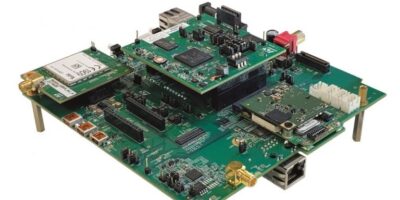Motion-based gesture control together with 3D motion tracking and pointing are enabled by software by Ceva that can be used for wireless, handheld controllers for consumer devices.
The Hillcrest Labs MotionEngine Air algorithms and software stack will be demonstrated at CES in Las Vegas (7 to 10 January 2020). The production-ready software delivers low power, motion-based gesture control, 3D motion tracking and pointing for consumer handheld devices in high volume markets, such as smartphone and PC stylus pens, smart TV and over-the-top (OTT) remote controls, game controllers, augmented reality and virtual reality (AR and VR) controllers, and PC peripherals.
Ceva reports that advances in low power inertial sensors and Bluetooth Low Energy along with the MotionEngine Air sensor fusion software yields sub-mA level power draw for the whole system for precise, interactive and intuitive motion-control for always-on and always-aware control.
MotionEngine Air software is optimised for use in embedded devices. It has precise pointing, gesture and motion control algorithms, a cursor for point-and-click control of an onscreen user interface, gestures such as flick, shake, tap, tilt, rotate, or circle for intuitive user interface controls, six-axis sensor fusion enabling 3D motion tracking for gaming and VR, motion events (pick-up, flip and stability detector) to enable power savings and patented orientation compensation and adaptive tremor removal.
The software stack has host drivers and sensor management to streamline software integration with popular operating systems including Android, Windows, MacOS and Linux.
The MotionEngine Air software is flexible with a low power and small memory footprint and can run on a variety of processors, including Arm Cortex-M, RISC-V and CEVA-BX and CEVA-TeakLite families of DSPs. It can be delivered in multiple configurations – including one that requires an accelerometer plus gyroscope (IMU) and a gesture and motion event-based one that requires only an accelerometer.
MotionEngine Air software is pre-qualified for use with sensors from the leading inertial sensor suppliers, says Ceva.
The company will demonstrate its MotionEngine Air software and evaluation board during CES 2020 at its hospitality suite in the Westgate Hotel.







